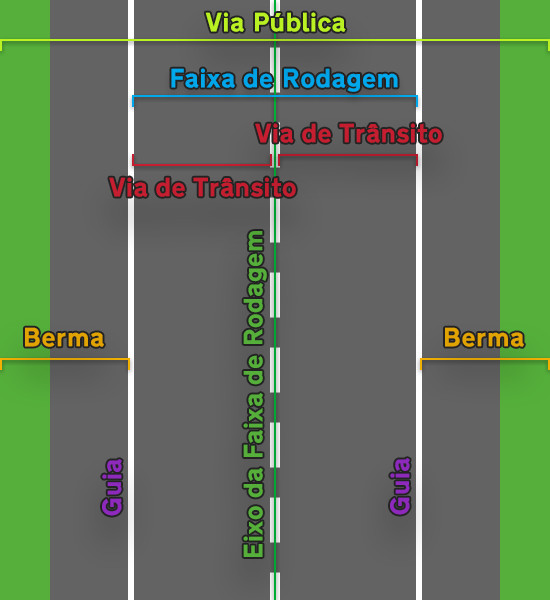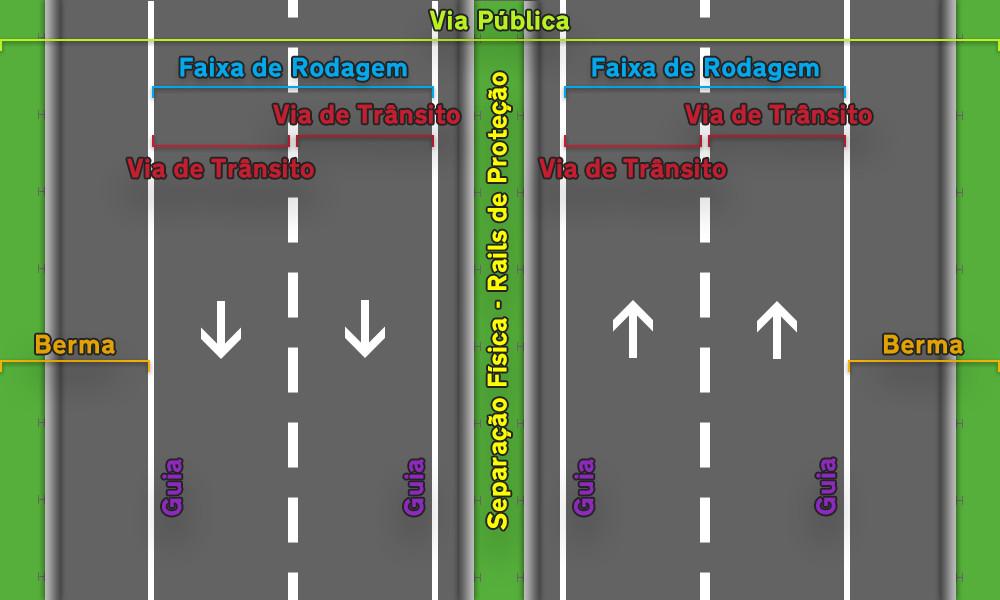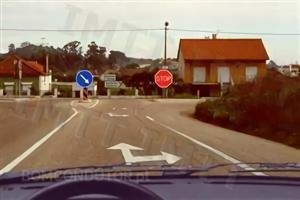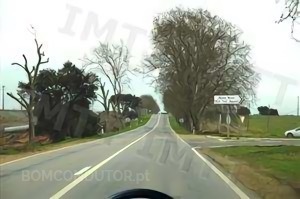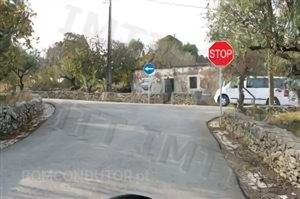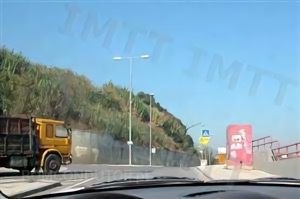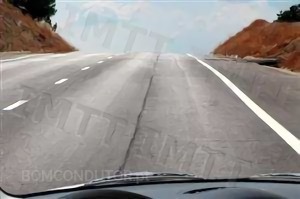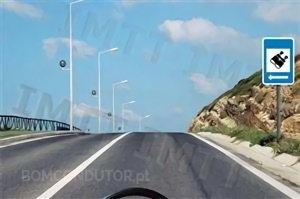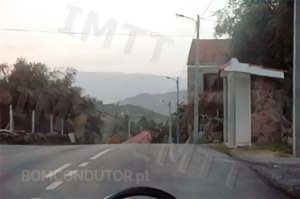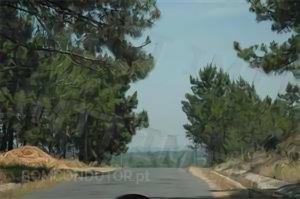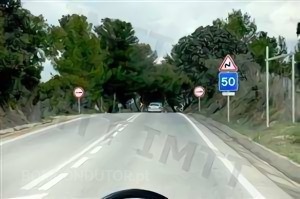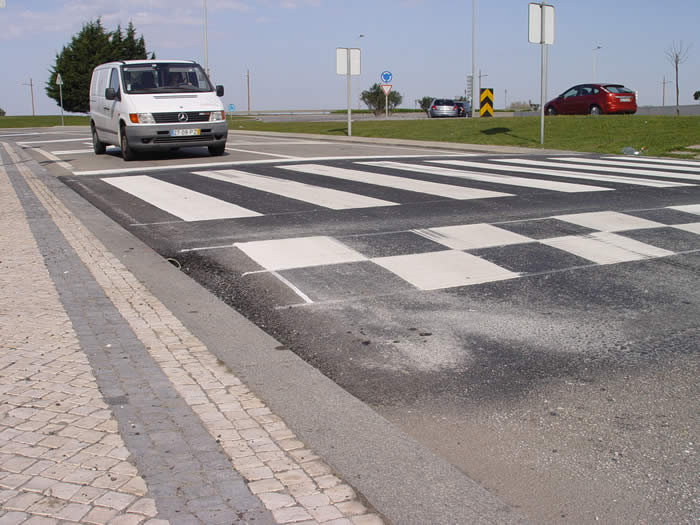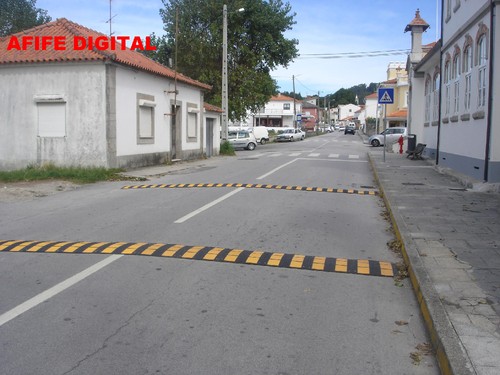new public road
Complete Guide to Road Traffic Systems & Public Roads
Understanding road infrastructure, traffic elements, safe driving practices, and road classifications
Table of Contents
- 1. Introduction to Road Traffic Systems
- 2. Three Key Elements of Road Traffic
- 3. The Function of Driving
- 4. Complete Road Classification
- 5. Public Roads & Infrastructure
- 6. Carriageway & Elements
- 7. Road Types & Itineraries
- 8. Distinguishing Road Types
- 9. Intersections & Junctions
- 10. Road Features & Deformations
Introduction to Road Traffic Systems
Given the inherent dangers of motor vehicle traffic, driving should only be permitted to those who can demonstrate they possess the necessary qualities to operate vehicles safely. As technology advances, with successive improvements in vehicles—particularly in power, speed, and other characteristics—alongside issues related to road construction and maintenance, traffic laws have evolved to regulate these complex matters.
While driving has become a commonplace activity today, road traffic remains a complex system. Becoming a driver means learning to navigate this system effectively, ensuring you can operate a vehicle without endangering yourself or other road users.
The progress of technology, with the introduction in vehicles of successive improvements, namely at the level of power and speed, among other characteristics, besides the problems linked to the construction and conservation of the roads, raises questions that are regulated by the traffic laws.
Three Key Elements of the Road Traffic System
In the road traffic system, three factors or elements intervene:
The Road
The road is the stage where traffic unfolds. It includes all infrastructure elements that support vehicle movement, from motorways to rural paths.
The Human Element
People are the protagonists who use roads, primarily in two roles: as drivers and as pedestrians. As the system's main element, human behaviour significantly influences road safety. This includes decision-making, attention, and adherence to traffic rules.
The Vehicle
The vehicle is the link between the driver and the road. It must be properly maintained and appropriate for the road conditions to ensure safety.
Key Insight: The interaction between these three elements determines the overall safety and efficiency of our road systems. When one element fails, the entire system becomes vulnerable.
The Function of Driving
Given the fast pace of modern life and the need for rapid transportation—especially for those who live far from their workplaces—cars have become indispensable tools.
As the vehicle fleet grows extraordinarily year by year, traffic on public roads becomes increasingly complex and challenging. Unfortunately, road infrastructure often fails to keep pace with this growth as would be desirable.
Since roads aren't improved at a rate comparable to vehicle fleet growth, vehicle traffic becomes progressively more complicated. It falls to drivers to review and enhance their driving performance to facilitate traffic flow on public roads.
Driving is a complex task that requires constant adaptation to ever-changing situations. While driving, the driver perceives information (received through the senses) from both outside and inside their vehicle, analyzes the situation, predicts what might happen, decides what to do, and finally acts on the vehicle's controls.
With practice, drivers learn to anticipate and predict situations that might affect their driving, such as the actions of other road users. Danger and unexpected events will have more severe consequences the higher the vehicle's speed.
Drivers must also master their vehicles and are obliged not to diminish their motor capacities—specifically by refraining from drinking alcohol or driving when very tired or agitated. They need to be active, skilled, and experienced enough to assess road traffic, anticipate and prevent risks by evaluating them, and adopt the correct strategy.
Complete Road Classification
For the purposes of the Highway Code and supplementary legislation, the following terms are defined:
- Motorway
- A public road intended for fast vehicle traffic with physical separation of carriageways, no level crossings or access to adjacent properties, with controlled access and signposted as such.
- Path/Track
- A public road specifically intended for local traffic in rural areas.
- Junction
- An area where public roads intersect at the same level.
- Intersection
- An area where public roads join or branch.
- Directional Island
- A restricted area of the public road, prohibited to vehicle traffic and delimited by a kerb or appropriate marking intended to guide traffic.
- Built-up Area
- An area with buildings whose limits are marked with regulatory signs.
- Car Park
- A place exclusively intended for vehicle parking.
- Level Crossing
- A place where a public road or equivalent intersects at the same level with railway lines or branches.
- Pavement
- The surface of the public road, generally raised, specifically intended for pedestrian traffic and bordering the carriageway.
- Special Lane
- A public road or traffic lane specifically intended, according to signage, for the traffic of pedestrians, animals, or specific vehicles.
- Roundabout
- A square formed by junctions or intersections where traffic moves in a rotary direction and signposted as such.
- Deceleration Lane
- A traffic lane resulting from the widening of the carriageway and intended to allow vehicles exiting a public road to reduce speed already outside the main traffic flow.
- Acceleration Lane
- A traffic lane resulting from the widening of the carriageway and intended to allow vehicles entering a public road to reach the appropriate speed to merge into the main traffic flow.
- Reversible Lane
- A traffic lane allocated alternately, through signage, to one or the other direction of traffic.
- Traffic Lane
- A longitudinal zone of the carriageway intended for the circulation of a single line of vehicles.
- Road Equivalent to Public Road
- A land communication route on private domain open to public traffic.
- Road Reserved for Cars and Motorcycles
- A public road where the same rules that govern traffic on motorways apply and signposted as such.
- Parking Zone
- An area of the public road specifically intended, by construction or signage, for vehicle parking.
Public Roads & Infrastructure
A public road is a land communication route allocated to public traffic, which allows the free circulation of vehicles, pedestrians and animals with the restrictions imposed by the Highway Code.
We should have good knowledge of all elements that make up the public road to be able to circulate safely and know how to correctly answer exam questions.
Main Elements of a Public Road
The following image illustrates a public road and the most important elements of it:
In this public road there is a carriageway with two traffic lanes, one in each direction of traffic.
- Carriageway (Faixa de rodagem): — Part of the public road especially intended for the traffic of vehicles;
- Traffic Lane (Via de trânsito): — Longitudinal zone of the carriageway intended for the circulation of a single line of vehicles;
- Centre of Carriageway (Eixo da faixa de rodagem): — Longitudinal line, materialised or not, that divides a carriageway into two parts, each affected by a direction of traffic; Sometimes it is called Carriageway axis as well;
- Verge / Hard shoulder (Berma): — Surface of the public road not especially intended for the traffic of vehicles and that borders the carriageway;
- Road markings:
- Kerbs (Guias): — Used to make the carriageway (faixa de rodagem) easier to see and to clearly show its limits. They can be placed along the sides of the road to separate the carriageway from the pavement or verge.;
- Continuous line (Linha contínua): — Means for the driver the prohibition to tread or cross it and, as well, the duty to transit to its right when it makes separation of traffic directions;
- Broken line (Linha descontínua) — Means for the driver the duty to remain in the traffic lane that it delimits, only being able to be trodden or crossed to perform manoeuvres;
Carriageway
The term "carriageway" will appear frequently in exam questions. It is on the carriageway that the circulation of vehicles occurs and where the majority of manoeuvres are performed.
The carriageway is composed of one or more traffic lanes, when it has two directions of traffic there is a carriageway axis that divides the directions of traffic. It is delimited by the kerbs that separate the carriageway from the hard shoulders.
As a general rule, in the majority of public roads, there is only one carriageway however there are exceptions, in the case of motorways and roads reserved for automobiles and motorcycles there are two carriageways as is indicated in their legal definition:
Motorway — Public road destined to fast traffic, with physical separation of carriageways, without level crossings nor access to marginal properties, with conditioned accesses and signalled as such.
We can see an example of these roads in the following image:
As you can be see in the image, there are two carriageways, with traffic lanes, kerbs, etc. Attention that in each carriageway the circulation of vehicles is only done in one direction and in this way there is no carriageway axis.
Carriageway Axis
The centre of the carriageway divides the road into two sides for traffic moving in opposite directions. Vehicles on the left side go one way, and vehicles on the right side go the other way.
The carriageway axis is not always in the middle of the carriageway, for example if there are three traffic lanes the carriageway axis is the following:
Intersections
Crossroads
Crossroad — Zone of intersection of public roads at the same level.
A crossroad is the intersection or crossing of public roads, as a general rule two, when one road crosses the other. It is common for a crossroad to have the format of a plus sign or a multiplication sign (+ or x).
Here are some examples of crossroads in the questions:
Junctions
Junction — Zone of junction or bifurcation of public roads.
A junction is the junction or a bifurcation of two public roads. It is common for a junction to have the format of the letter "T" or the letter "Y".
Here are some examples of junctions in the questions:
Road Features & Deformations
Road Humps
The road humps are deformations of the road that as a general rule break the visibility, when it is mentioned in the questions, in the law or in our comments "road hump" we refer to the following road humps:
We remind that as a general rule these road humps are not identified with the danger sign A2A - Road hump, the fact that the danger sign is not present does not mean that it is not a road hump, as can be seen by the images above none of the road humps is identified with the danger sign. As a general rule the danger sign is only used in the speed reducing road humps or in another type of similar deformation.
One should not confuse the previous road humps with the speed reducing road humps:
Speed Reducing Road Humps
The speed reducing road humps are used to force the drivers to practice a more reduced speed in certain places.
Here are some examples of these road humps:
Sources
1 — Principles of Traffic Signalling and Circulation Regimes (Page 14)


